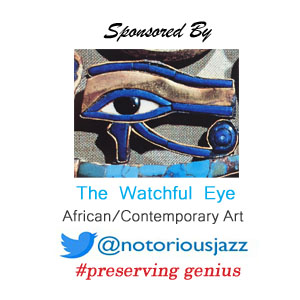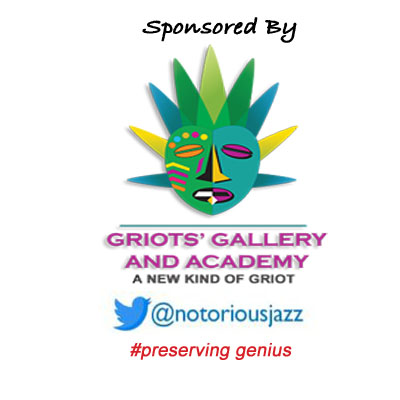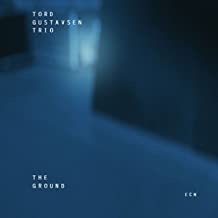
Daily Dose Of Jazz…
Tord Gustavsen was born on October 5, 1970 in Oslo, Norway and raised in rural Hurdal, Akershus where he grew up playing church music. He attended the University of Oslo with a degree in psychology before going to the Trondheim Musikkonsevatorium studying jazz for three years. Graduate school saw him with a degree in musicology at the University of Oslo, where he was a guest teacher of jazz piano and theory.
Signed to ECM Records, between 2003 and 2007 the Tord Gustavsen Trio released three albums and in 2005 won the Nattjazz prize. A later ensemble released the album Restored, Returned was recorded in 2009, which was awarded with Spellemannsprisen, the Norwegian Grammy. The quartet went on to release The Well, Extended Circle and play the Montreal Jazz Festival in several different configurations.
He has recorded as a session musician, and guested on friends’ albums, as well as collaborative projects. Pianist Tord Gustavsen continues to be highly interested in psychology and has written a lengthy thesis on the paradoxes of improvisation. He continues to express his music through performance and recordings.
More Posts: bandleader,educator,history,instrumental,jazz,music,piano

Daily Dose Of Jazz…
Judy Bailey was born on October 3, 1953 in Auckland, New Zealand and raised in Whangarei, a town in the north country. As a young child she learned ballet, followed by piano and theory when she was 10 years old. She graduated from Trinity College London in the United Kingdom when she was 16.
Moving to Australia in 1960, Judy has spent most of her time in Sydney. She performed live on television, live music venues like the legendary El Rocco and on many recordings.
As an eductor Bailey is a senior lecturer in jazz composition and jazz piano at the Sydney Conservatorium of Music since 1973 and is also musical director of the Sydney Youth Jazz Ensemble. In 1973, Bailey became the pianist on the Australian Broadcasting Corporation children’s radio show Kindergarten, which often featured presenters from Play School.
She has received the Order of Australia, was inducted into the Graeme Bell Jazz Hall of Fame by Jazz Australia, and was awarded an Honorary Doctorate from the University of Sydney. Pianist and composer Judy Bailey, who has lived in Australia since the 1960s, seldom performs.
More Posts: bandleader,educator,history,instrumental,jazz,music,piano
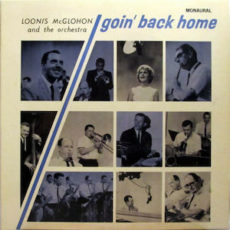
Daily Dose Of Jazz…
Loonis McGlohon was born on September 29, 1921 in Ayden, North Carolina, and graduated from East Carolina University. After a spell in the Air Force during World War II, he played with the Jimmy Dorsey and Jack Teagarden orchestras and became involved with broadcasting in Charlotte, North Carolina, working as music director for radio and television.
An accompanist to many well-known singers that included Judy Garland, Mabel Mercer and Eileen Farrell. He co-hosted the Peabody Award-winning NPR radio series American Popular Song with his friend and collaborator, Alec Wilder. He also composed and wrote lyrics for several songs with Wilder.
For his hometown of Charlotte he wrote the music for The Hornet’s Nest, and in 1980, Frank Sinatra recorded two of his songs with Alec Wilder, South to a Warmer Place and A Long Night on the album She Shot Me Down. He received a commission to write a piece in celebration of North Carolina’s 400th birthday, which resulted in North Carolina Is My Home. a symphonic work. McGlohon was inducted into the North Carolina Music Hall of Fame in 1999.
NationsBank Performance Place in Charlotte’s Spirit Square was named Loonis McGlohon Theatre in 1998, and the following year he was inducted into the North CArolina Music Hall of Fame. A 2004 biography, Loonis! Celebrating a Lyrical Life by Jerry Shinn was published posthumously by the East Carolina University Foundation in 2004. Pianist and songwriter Loonis McGlohon passed away at the age of 80 following a long-term battle with lymphoma on January 26, 2002.
More Posts: bandleader,history,instrumental,jazz,music,piano,songwriter
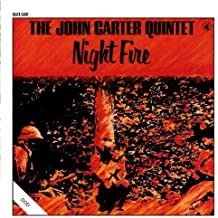
Daily Dose Of Jazz…
John Wallace Carter was born on September 24, 1929 in Fort Worth, Texas and attended I.M. Terrell High School, and played music with schoolmates Ornette Coleman and Charles Moffett in the 1940s. Earning a Bachelor of Arts from Lincoln University in Jefferson, Missouri in 1949 and a Master of Arts from the University of Colorado in 1956. He also studied at the North Texas State and University of California at Los Angeles, California.
From 1961, Carter was based mainly on the West Coast. There he met Bobby Bradford in 1965, with whom he subsequently worked on a number of projects, notably the New Jazz Art Ensemble. He also played with Hampton Hawes and Harold Land. In the 1970s Carter became well known on the basis of his solo concerts.
At the New Jazz Festival Moers in 1979, he and the German clarinet player Theo Jörgensmann performed for three days. Carter received complimentary reviews and wide recognition from around the world. He and Jörgensmann met again in 1984, and played the Berlin JazzFest, both as a soloist and in duo.
Between 1982 and 1990, John composed and recorded Roots and Folklore: Episodes in the Development of American Folk Music. It was a five album set that focused on African Americans and their history, and was acclaimed by jazz critics as containing some of the best releases of the 1980s.
He recorded seventeen albums as a leader and thirteen albums with Tim Berne, Clarinet Summit, Vinny Golia, Richard Grossman, John Lindberg, James Newton and Horace Tapscott. Carter planned a clarinet quartet with Perry Robinson, Jörgensmann and Eckard Koltermann was planned for 1991, but it never came to fruition.
Clarinetist, saxophonist, and flutist John Carter passed away from a non-malignant tumor on March 31, 1991. Later that year he was inducted into the Down Beat Jazz Hall of Fame.
More Posts: clarinet,flute,history,instrumental,jazz,music,saxophone
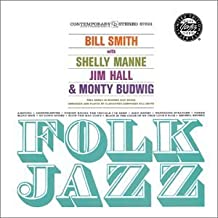
Daily Dose Of Jazz…
William Overton Smith was born on September 22, 1926 in Sacramento, California. He grew up in Oakland, California where he began playing clarinet at the age of ten. At 13 he put together a jazz group to play for dances and at the age of 15 he joined the Oakland Symphony. After high school, a brief cross-country tour with a dance band led to his giving two weeks notice for the best education he could, and he headed to New York City.
Studying at the Juilliard School of Music by day, he played in the city’s jazz clubs at night. The Juilliard faculty doing nothing for him, Bill returned home and attended Mills College in Oakland where he met pianist Dave Brubeck. He went on to study composition with Roger Sessions at the University of California, Berkeley, where he graduated with a bachelor’s and a master’s degree.
A win of the Prix de Paris gave Bill two years of study at the Paris Conservatory, and in 1957, he was awarded the prestigious Prix de Rome and spent six years in that city. After teaching at the University of Southern California, he then spent thirty years teaching at the University of Washington School of Music in Seattle, Washington, and co-led the Contemporary Group.
Smith investigated and cataloged a wide range of extended techniques on the clarinet, including the use of two clarinets simultaneously by a single performer, and compiled the first comprehensive catalogue of fingerings for clarinet multiphonics. He was among the early composers interested in electronic music, and as a performer he continued to experiment with amplified clarinet and electronic delays.
He remained active nationally, internationally, and on the local Seattle music scene until well into his 90s. Clarinetist and composer Bill Smith, who played in various Brubeck groups and who composed, recorded and premiered his jazz opera Space in the Heart, passed away at age 93 in his home from complications of prostate cancer on February 29, 2020.
More Posts: bandleader,clarinet,history,instrumental,jazz,music


